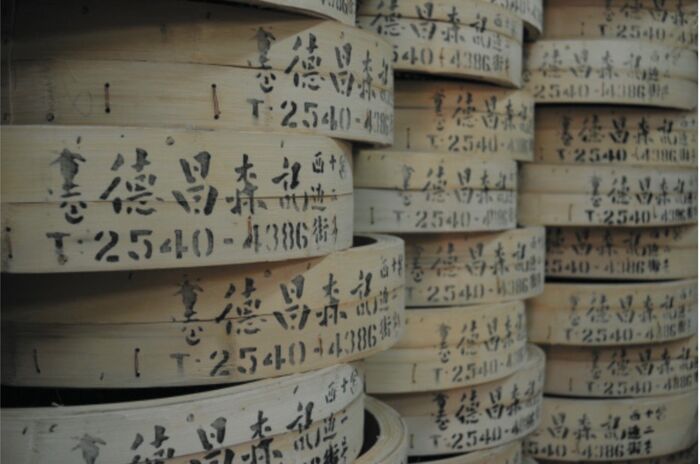He gave up his dreams to become a traditional barber
Mark Liu gave up his dreams of becoming a photographer and film-maker to take over his father’s barber shop. Sheren Mao sits down with him to discuss how being a barber in Hong Kong is changing
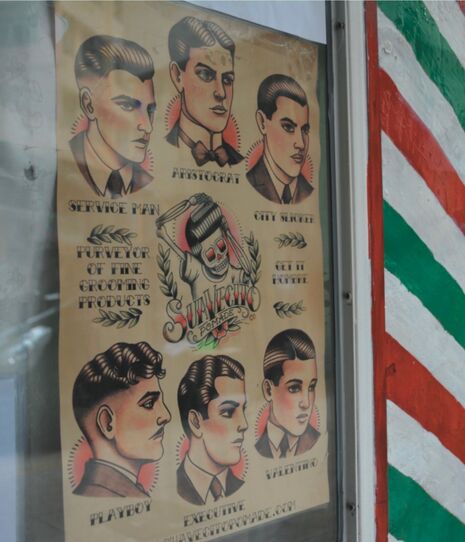
Giving up on his dreams of being a photographer and movie producer, Mark Liu chose the less popular route to succeed his father’s business – an inconspicuous traditional barber shop named Oi Kwan, opened in Hong Kong, 1962. “Bizzare, right?” he laughed and said, “It does seem silly of me to sacrifice a promising career to work in such an unstable industry, doesn’t it?”
Unlike our trendier barber houses today, Mark’s shop and styling techniques embody the traditional characteristics of a Guangdong-styled barber. Him and his workers dress in plain clothing and have the same barber attend to one customer for the full hair treatment. For men, there are the options of a basic haircut, trim, or shave, which could also be purchased as a set that takes 30-45 minutes to complete. He then excitedly shared with me how this differs from Shanghai-styled barber shops, which require barbers to dress in a specific attire and have various barbers attend to one customer at different stages of the treatment.
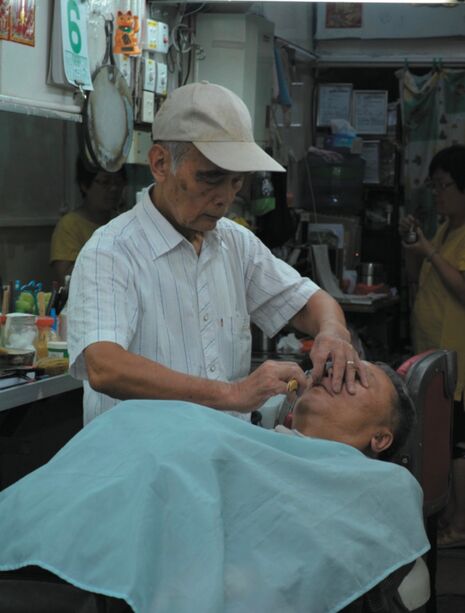
Afterwards, he pointed to a hanging frame on the wall displaying a yellowing price sheet. “Look,” he said, “since my father’s days, we have traditionally provided services for men and women, but nowadays, our main customers have shifted towards males in their late fifties, office bosses, sometimes children, and even Westerners.”
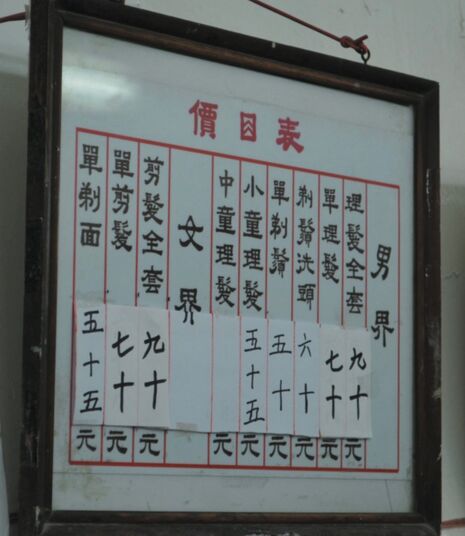
With a solemn smile, he continued, “Although it is always encouraging to see foreigners showing an interest in this artistry, it is being overshadowed by the increasingly commercial and innovative cuts popular amongst the younger generations. In face of this change, I have adopted a more European/American-styled approach, where customers are able to request specific haircuts instead of choosing from a preset menu, as we traditionally would have them do. Having said that, if we look at the even bigger picture, this is what we see: rent prices are skyrocketing; old buildings are getting renovated; and every day, they make me worry about how long I can last here – it really isn’t easy.”
While Mark trims away, I couldn’t help but notice his genial interactions with his customers. Despite being a relatively young successor in this field, he remains open-minded conversing with customers of various ages and sees their generation gap as a spark for interesting conversations. “I always learn something new each time I finish attending to a customer,” he told me, “and that, is one of my most favourite things about this profession.”
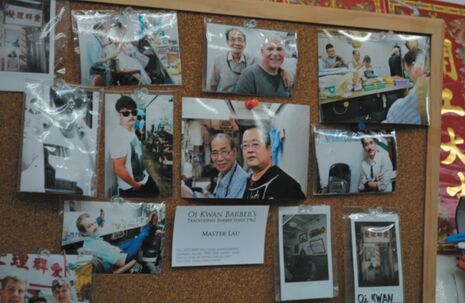
However, what truly amazed me was Mark’s passion for his job and optimism he retains, in light of the industry’s grim prospects in this rapidly modernising society. I remember when he lightly smiled, and firmly told me he had no regrets succeeding his father’s business as running a barber shop has merged their dreams into something new; he can not only express his artistic side through experimenting with different haircuts, but also fulfil his father’s desire for him to work in commerce through being exposed to economic-related theories to sustain a stable business.
“It is true that trendier barber houses are increasing in numbers but at the end of the day, I do not think they have as great of an impact on me as gentrification. Ultimately, I provide basic cut and shave services that differ from what they offer. Meanwhile, our government could increase people’s awareness of Hong Kong traditional crafts, but as dispiriting as it sounds, there is little we can do to introduce younger generations into this industry; many would want to secure a stable job instead and we can’t blame them for that. When it all comes down to it, I run this business for my own enjoyment and to preserve my father’s dream, and will do so until its very last day.”
 News / Clare Hall spent over £500k opposing busway 24 December 2025
News / Clare Hall spent over £500k opposing busway 24 December 2025 Comment / The ‘class’ of Cambridge24 December 2025
Comment / The ‘class’ of Cambridge24 December 2025 News / Caius mourns its tree-mendous loss23 December 2025
News / Caius mourns its tree-mendous loss23 December 2025 Comment / League tables do more harm than good26 December 2025
Comment / League tables do more harm than good26 December 2025 News / Girton JCR publishes open letter expressing solidarity with Palestine25 December 2025
News / Girton JCR publishes open letter expressing solidarity with Palestine25 December 2025

